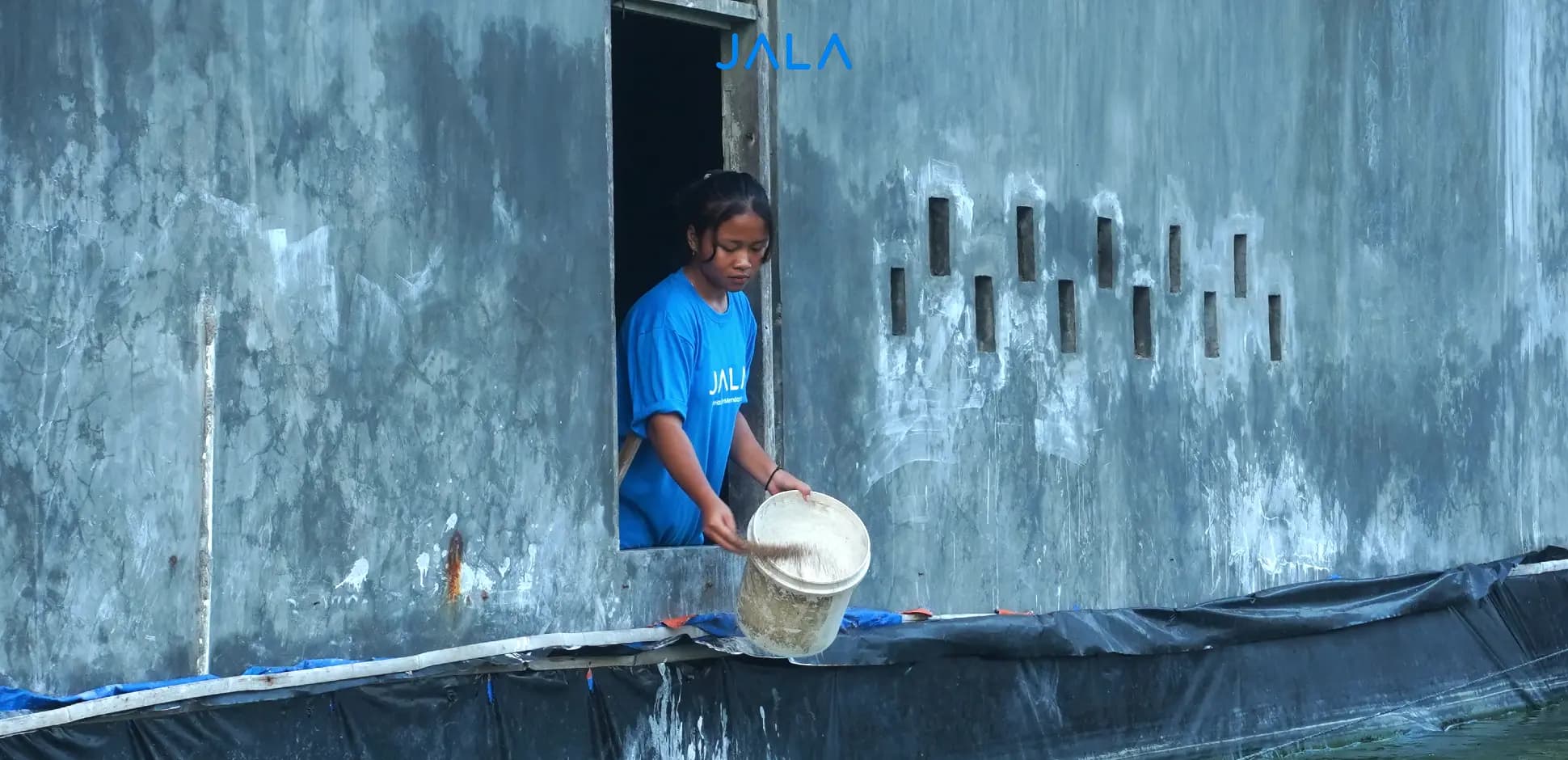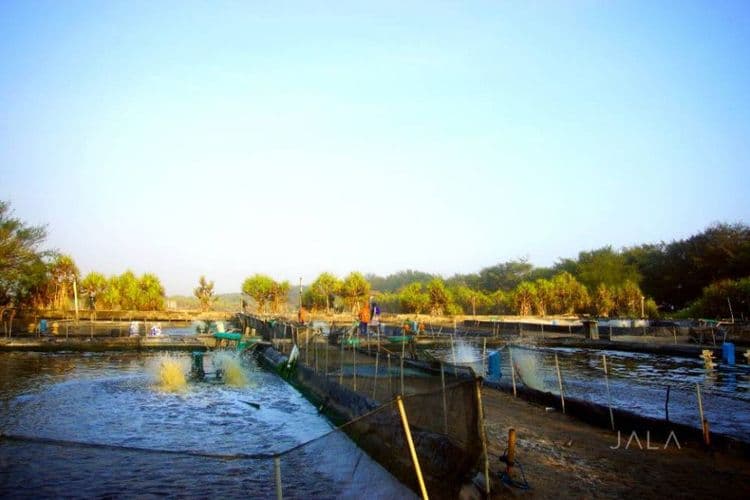
Learning how to make your own vannamei shrimp feed is one solution to reduce production costs. This is due to the fact that feed is the highest operational cost in a farm. Feed cost ranges from 50 to 70% of the total cost in each cycle.
According to JALA’s Shrimp Outlook 2024 report, feed is the main component to be reduced. Farmers are beginning to search for ways to reduce feed costs, whether by choosing feed with lower protein or mixing feed with various protein values. Furthermore, making your own feed can also be an alternative to save operational costs.
Then, how do we make our own vannamei shrimp feed? Find the answer in the discussion below.





